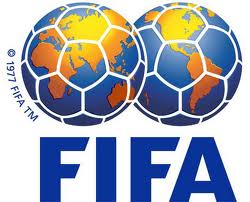Lionel Messi akan menunjukan Ballon d’Or keempatnya pada pertengahan pekan ini di Camp Nou. Trofi bergengsi itu akan ‘dipamerkan’ menjelang kick-off laga Barcelona melawan Malaga di leg pertama Copa del Rey 2013. Sebuah momen istimewa yang tidak mungkin dilewatkan fans begitu saja.
Sejatinya, ada peluang bagi King Leo untuk melakukan hal ini, pada laga melawan Cordoba, ketika Barca menang besar 5-0. Namun, Messi memutuskan untuk menunda ‘perayaan’ atas penghargaan Ballon d’Or itu, hingga pertengahan pekan ini. Lagipula seminggu lalu, Si Nomor 10 Barcelona hanya duduk di bangku cadangan.Momen spesial pameran Ballon d’Or di depan puluhan ribu pendukung Barcelona di Camp Nou ini, sudah dirancang sedemikian rupa oleh klub. Seperti dilansir oleh AS, Barca ingin sang bintang memperoleh dukungan penuh dari fans ketika menunjukkan trofi tersebut.
Maka, harga tiket termurah di pertandingan Barcelona vs Malaga, hanya sebesar 9 Euro saja. Sementara itu, untuk para member, akan ada potongan harga tiket sebesar 50%. Sorotan media dan aplaus dari fans adalah sesuatu yang jelas akan terlihat dalam momen spesial ini.
Dua tahun lalu, Messi memamerkan Ballon d’Ornya bersama duo Andres Iniesta dan Xavi Hernandez. Keduanya ketika itu menjadi nominator pula di samping sang pemenang, King Leo. Sebuah momen bersejarah karena tiga pemain Barcelona, menjadi tiga nominator peraih Ballon d’Or; dan Messi berbagi kebahagiaaan memenangi gelar pemain terbaik dunia, bersama kedua rekannya tersebut.












